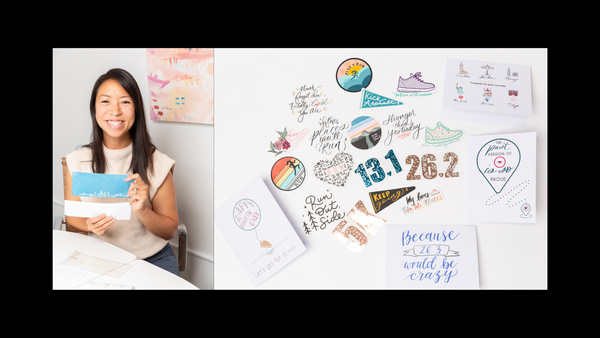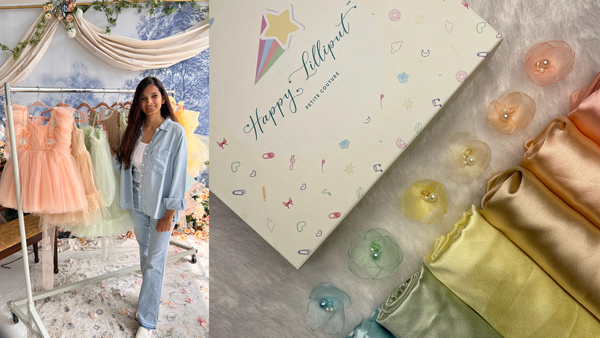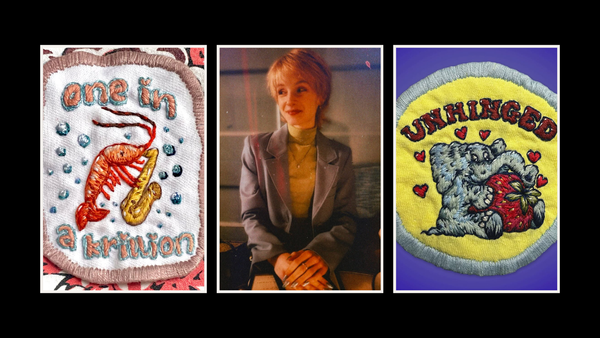A Challenging Financial Situation Inspired This Artist to Launch a Business


DeNaye Dotson is a visual artist who paints glassware, vases, jars and wall art, infusing them with vibrant colors and personality. In her interview, the artist reveals what inspired her to start a creative business and offers advice for taking the first steps to selling your art.
How did you begin creating art?
Social media. I scrolled through unique acrylic pour painting techniques and formed ideas on how I could put my own twist on what I’ve viewed. I felt challenged to accomplish for myself what I saw on social media sites.
At what point did you realize that you could turn your artwork or creative product into a business?
In a very challenging financial situation, I asked myself, what am I good at? What gives me peace? How can I turn this negative energy into positive energy? Well, that negativity turned into positive curiosity. I experimented with paint on a canvas before being drawn to some glassware, where I added some paint and felt vitalized. When my friends and relatives came to check on me, I started showing them some of my finished artwork, and they were amazed! They asked how much and purchased my art. That is when I realized I could sell these created products.
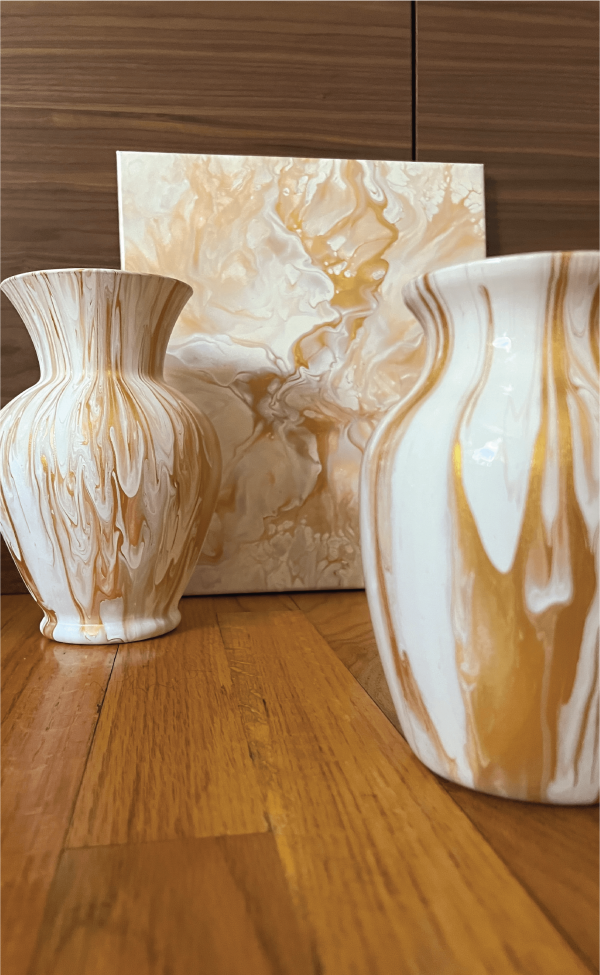
How do you define success for your creative business?
By creating unique work that uplifts, motivates and encourages people—that can be preserved in a museum or passed down through generations.
Where do you find inspiration?
Being inspired by colors and patterns in everyday life—nature, graffiti, grocery store products, advertisements, outfits, etc. Also, the curiosity to apply those color combinations to a vase or canvas.
What’s one piece of advice you wish someone had given you when you first started your business?
Wait until you have a plan and talk to a mentor or other artists about their journey in business. Once you are sure of the direction for your business, then purchase or sign up for equipment, services and training. That way, you save yourself from unnecessary spending.
What advice would you give to someone who wants to begin selling their art or creative product?
Network, network, network. I attend events with business cards and two to three pieces of my work. As a visual artist, people want to see, not just hear you talk about your work. Your art will open doors for you, and keep moving forward, completing and creating goals. Have a mentor and/or work with a business consultant. Write out where you are currently physically, mentally, emotionally and financially to give you an idea of how much time management and organization are needed to be business-focused. Know your limits and start small. Be patient with yourself. Have your business entity, financial person, business plan, legal plan, trademarks, website and email and selling process in order. Reach out to art organizations and artists. Collaborate with artists. Be bold, use social media, go live, post, comment on others’ posts, etc.
What’s something our audience would be surprised to learn about you?
That I have a shoe line.
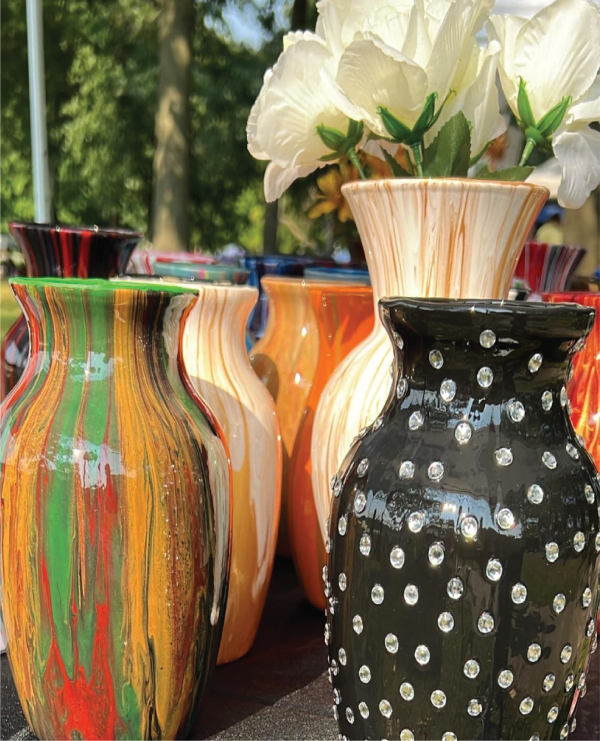
As creatives, we can be continuously creating and refining our art. How do you handle perfectionism?
I tell myself to stop tinkering with the creation after I have stood back to look at my art three times. During a conversation about being an artist and being flustered due to the perfectionism itch, Mr. D. Camp said, “You have to remember—you are an artist, not a technician.”
What’s something that surprised you about running a creative business?
Networking. After attending many trainings, working with a coach, and out of all the foundational information in me, networking provided a faster path to reaching my goals and helped shape me to be a better person and business owner.
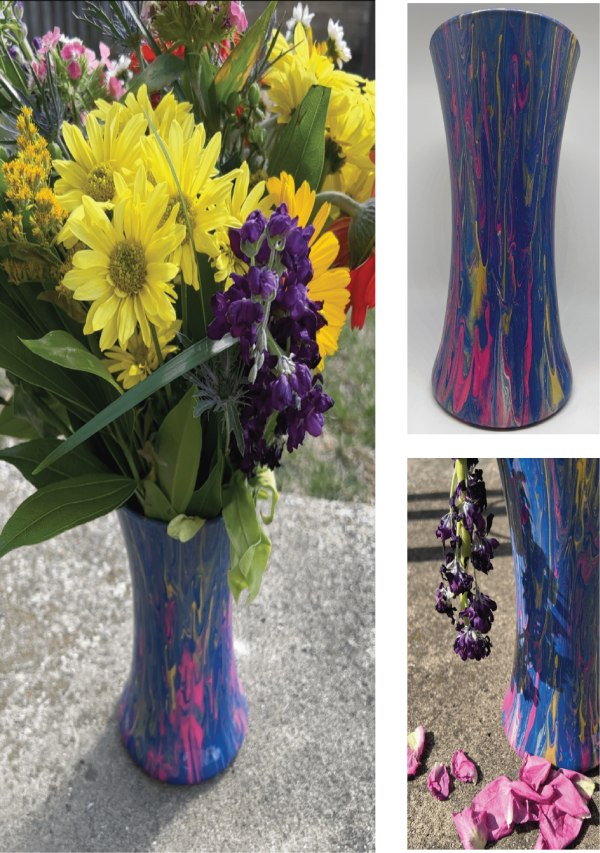
What advice would you give to someone about handling the highs and lows of running a business?
Be humble and celebrate the wins when you’re high. Strengthen and slowly make new creative strategies to go even higher and expand what you have done at the current level of which you have achieved. Lows and challenges: Refuse to disconnect from the goals you have for your business. I see it as a pause, a time for reflection and realignment with your business and self. Take courage and be resilient; someone needs to see your art and hear your story.
Has someone ever criticized your work? How did you handle it?
Yes, me! I put a new coat of paint over it. Also, one time a viewer stated they did not like the color combination of one of my pieces. So, I asked them about the color scheme of where they wanted to place the artwork. Then I showed them a different painting that complemented their color décor.
What’s a cause you are passionate about and why?
Andy Okay – Art For Causes because it’s all about supporting nonprofits by purchasing art. You can learn more at andyokay.com.
Can you share the name of a supplier or vendor that you use for your business that you just love—one that makes running your business a bit easier?
I use DecoArt, ArtResin, DickBlick and Adobe Creative Cloud.

What brings you joy?
Knowing that I can positively influence people and use my creativity and artistic abilities to better their lives while also enhancing mine, since art is therapeutic. Observing how my work encourages and motivates my audience’s creative outlets is another benefit. Everyone has their own unique creative outlet.
Thanks, DeNaye! You can learn more about the artist at daprayzerdesignllc.com.
Editor’s Note: This interview was edited for length and clarity.

